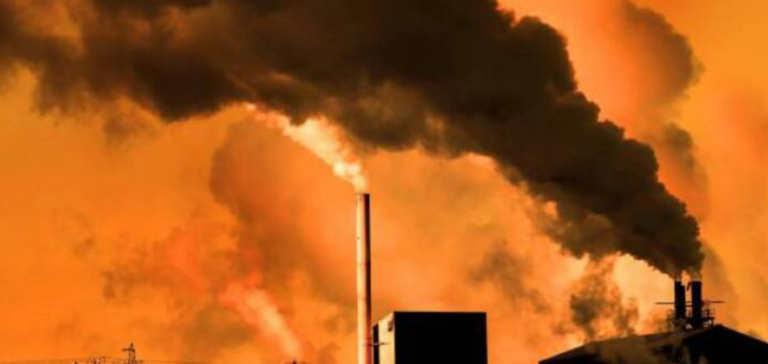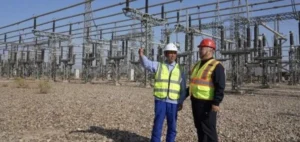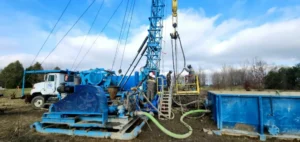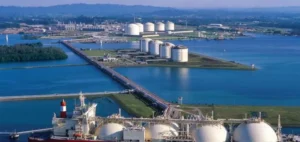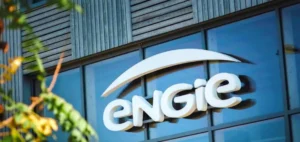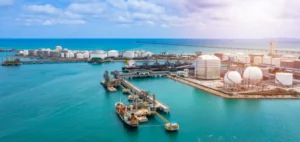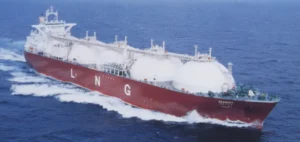Carbon prices under the European Union (EU) Emissions Trading Scheme (ETS) finally seem to be showing signs of recovery after a period of volatility. This development comes against a backdrop of high gas and electricity prices in Europe, exacerbated by colder weather. At the end of November, European allowances for December were trading at around 77 euros per tonne of CO2e, down slightly on the previous week, but a marked improvement on the year’s low of 75 euros.
EU regulations and climate policies
This upward trend, albeit modest, marks a change after months of low buying interest. Recent auction activity and trader data point to renewed resilience in demand for EU emission allowances (EUAs). This dynamic is supported by weather forecasts indicating a cold snap in Europe, with temperatures below the five-year average. Analysts are forecasting an increase in electricity demand, which could support EUA prices.
In terms of policy, there have been some notable developments. The European Commission has confirmed that over 244 million carbon allowances will be auctioned by member states between January and August 2024. A certification framework for carbon removals has also been approved by the European Parliament, a crucial step towards achieving the EU’s climate goals and combating greenwashing. This framework aims to quantify, monitor and verify both technological and natural carbon removals.
UK Carbon Market Trends
At the same time, the UK carbon market is also on an upward trend. Despite the government’s lack of concrete plans for a border carbon tax, UK Allowances (UKAs) showed stable demand. Prices recovered from their record lows in September. Analysts predict that UK carbon prices could reach the £50 per tonne CO2e threshold in December, due to a 12.4% reduction in the cap from 2024.
Implications of Border Carbon Adjustment Mechanisms
The UK Chancellor did not announce a border carbon adjustment mechanism or a timetable for implementation by 2026, as expected by many market players. This lack of clarification leaves uncertainty about the future of carbon pricing in the UK, particularly with regard to carbon leakage issues.
The EU, for its part, has already introduced a Carbon Border Adjustment Mechanism (CBAM), taxing imports of certain carbon-intensive materials and products. This measure is designed to reduce the risk of carbon leakage and encourage importing countries to set up their own carbon markets.
Carbon price trends in the EU and the UK point to a changing market, influenced by climate policies and economic conditions. Recent developments reflect a greater focus on the regulation and valuation of carbon emissions, underlining the growing importance of carbon finance in the fight against climate change.


